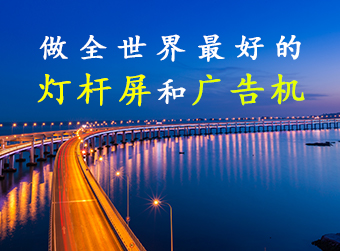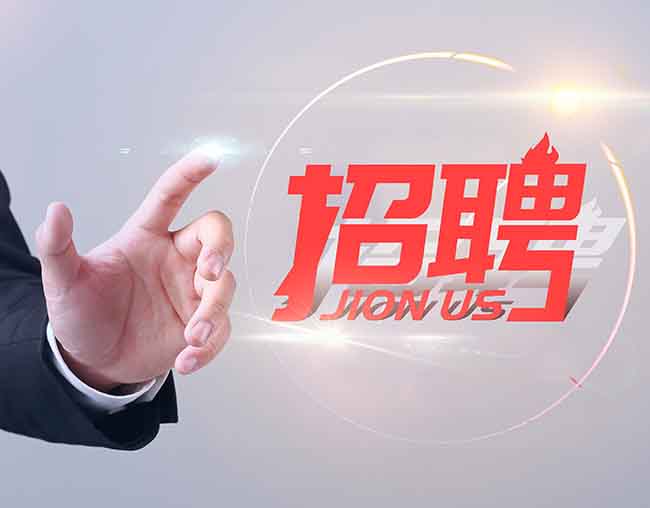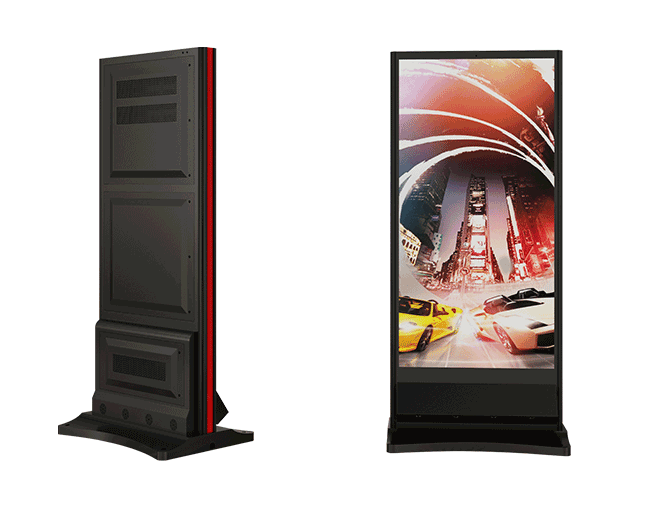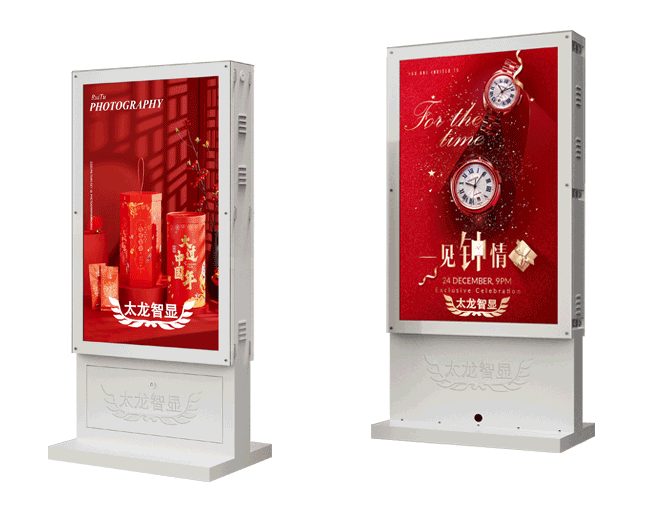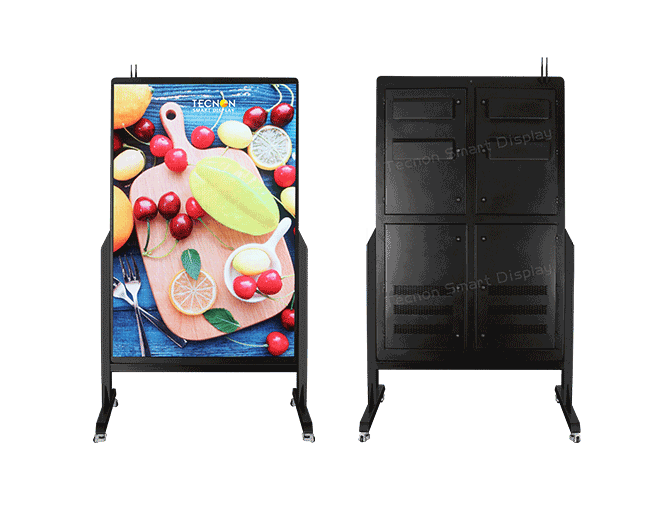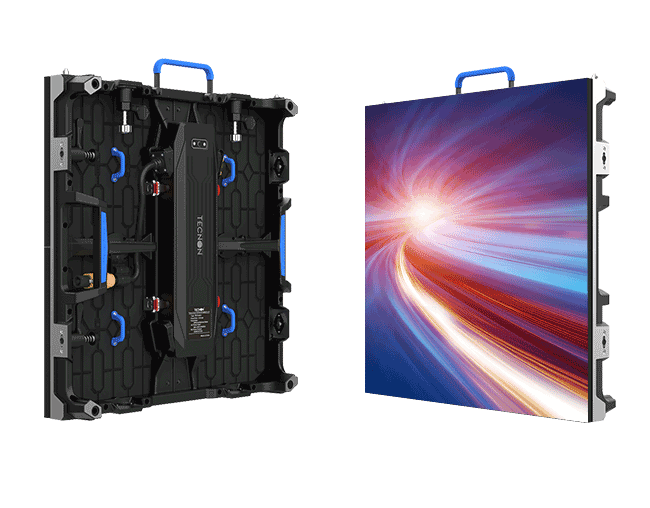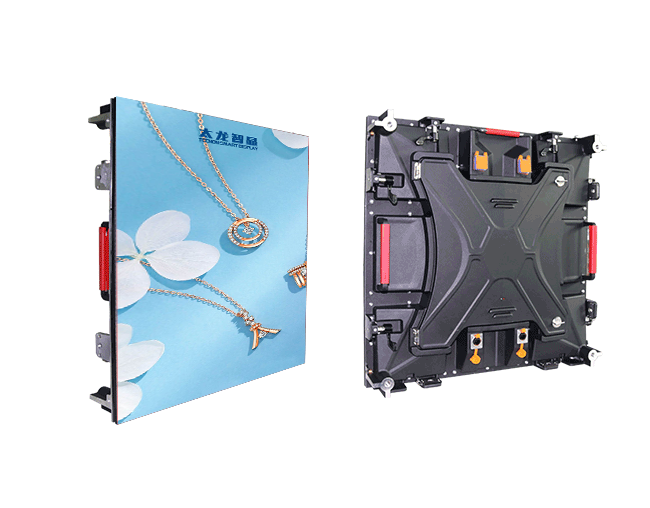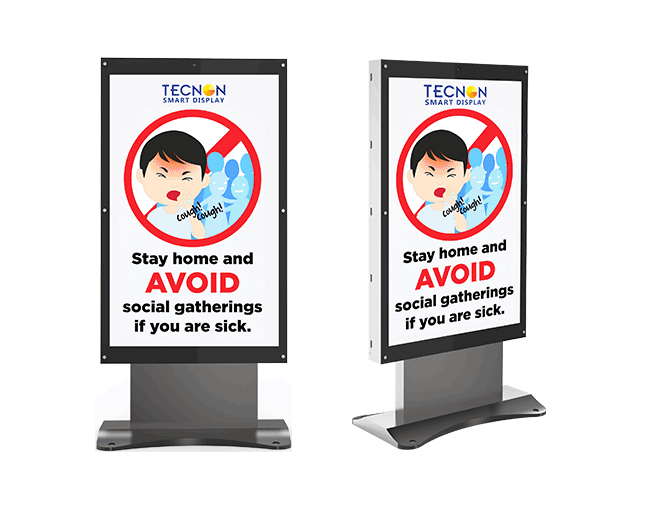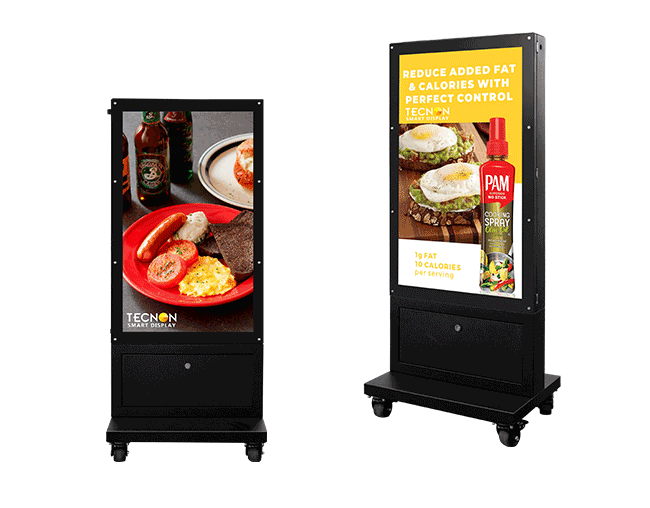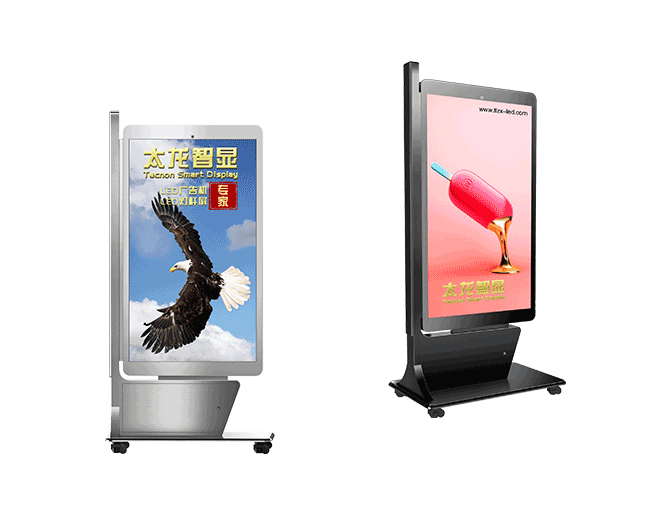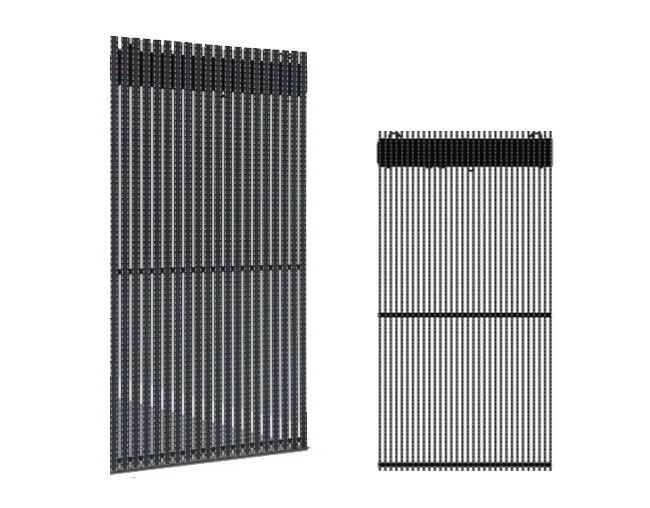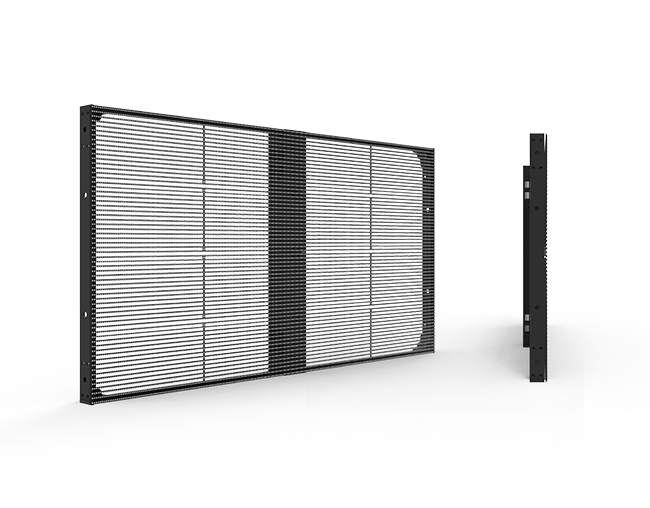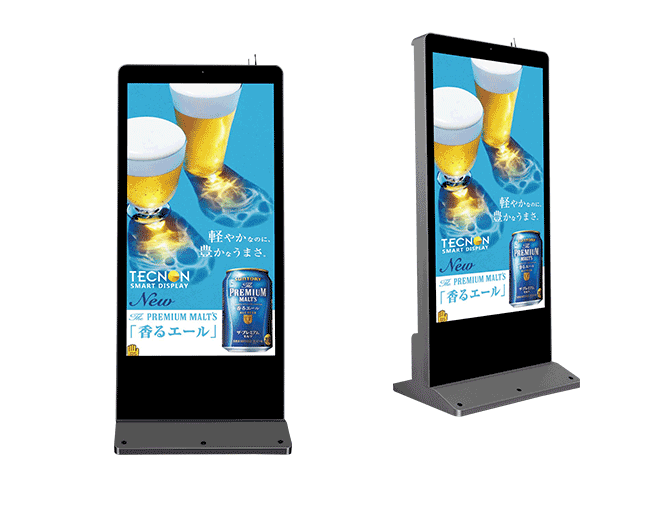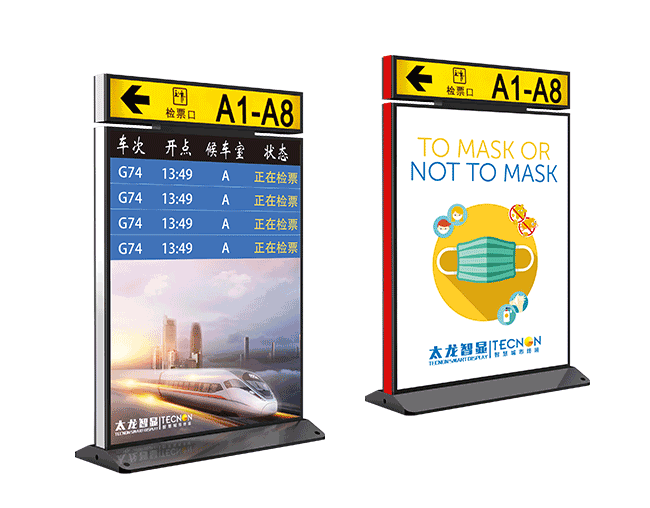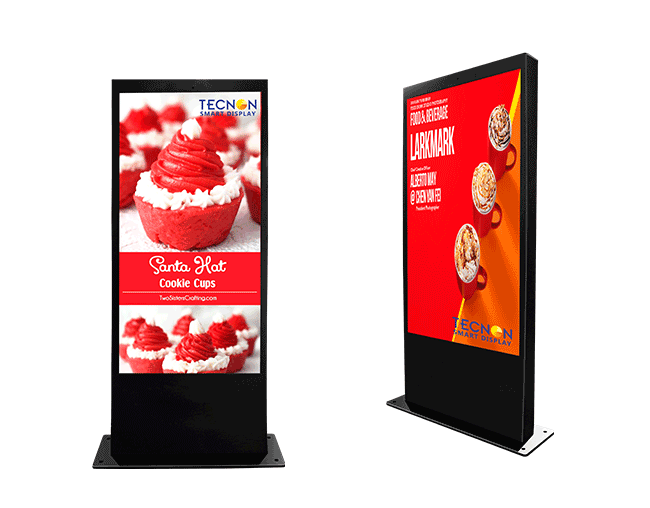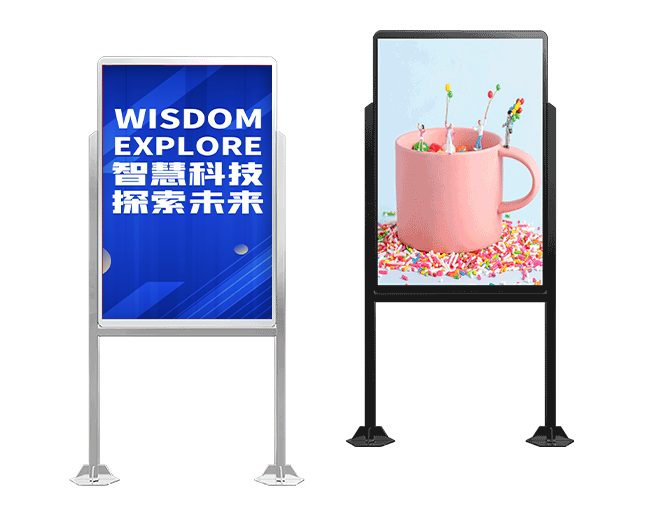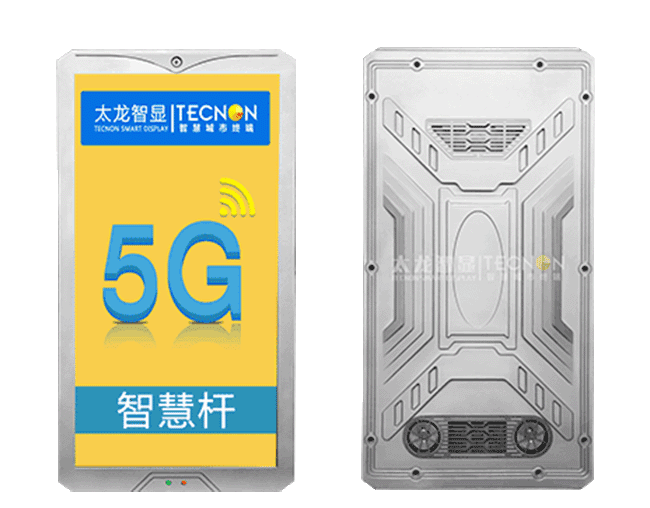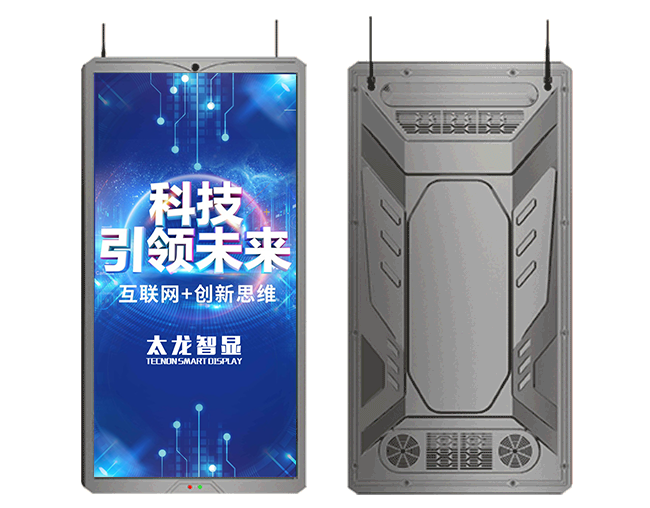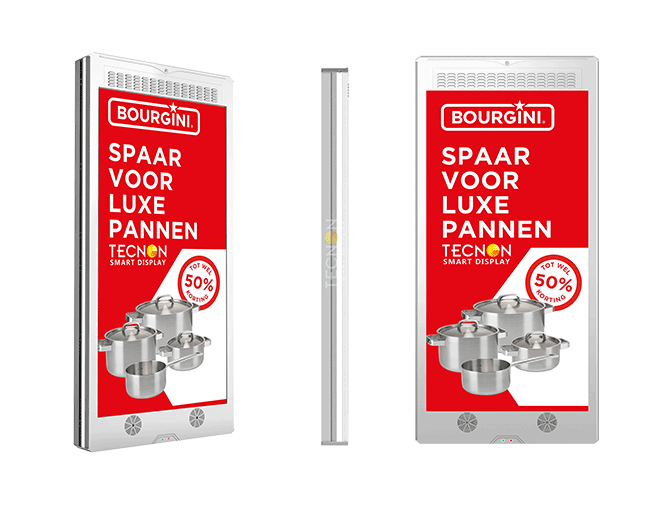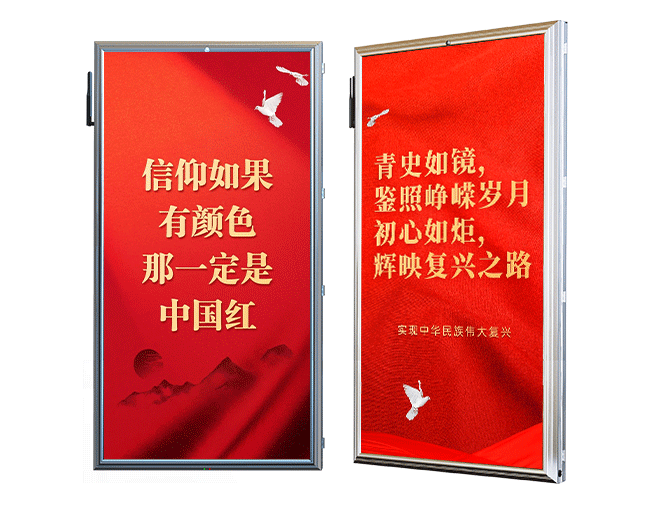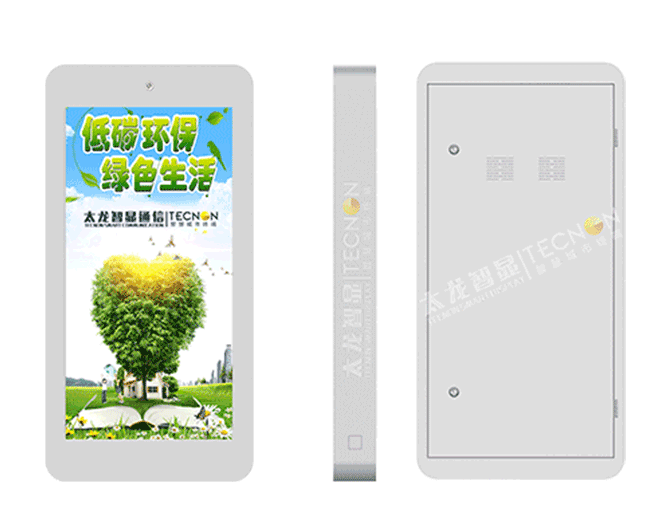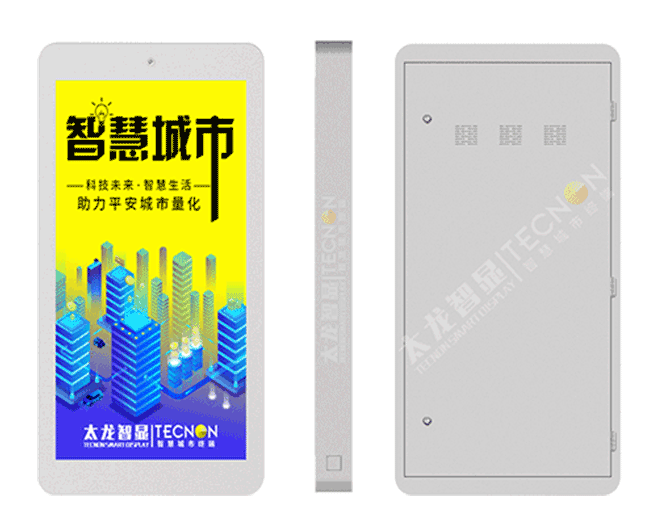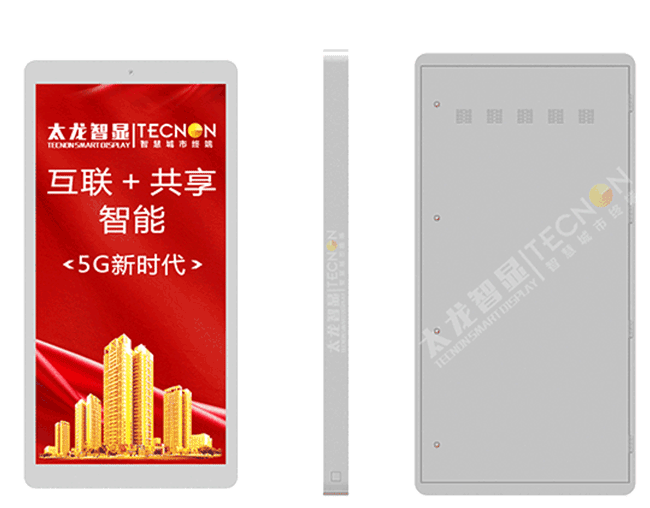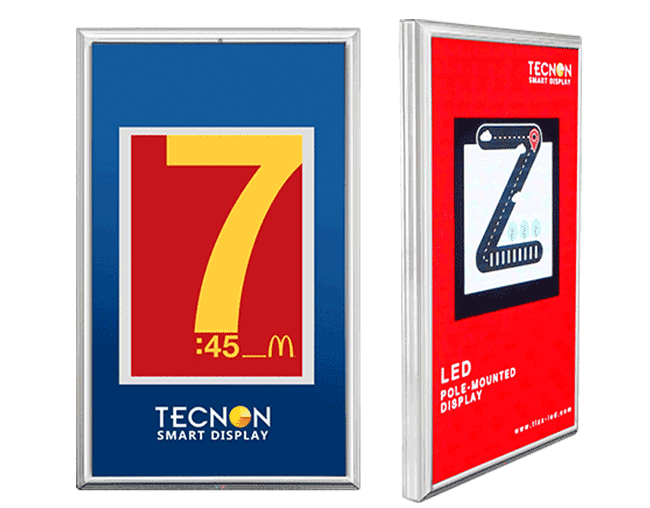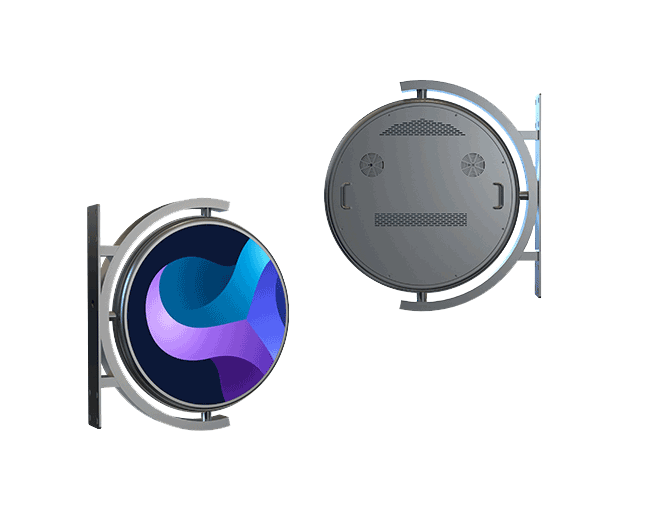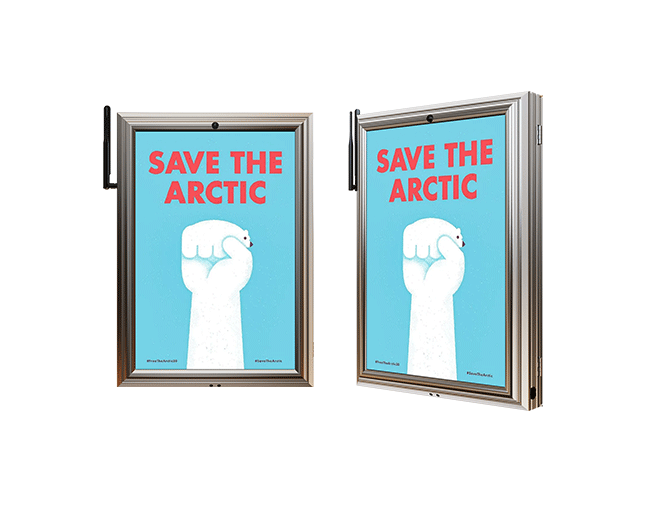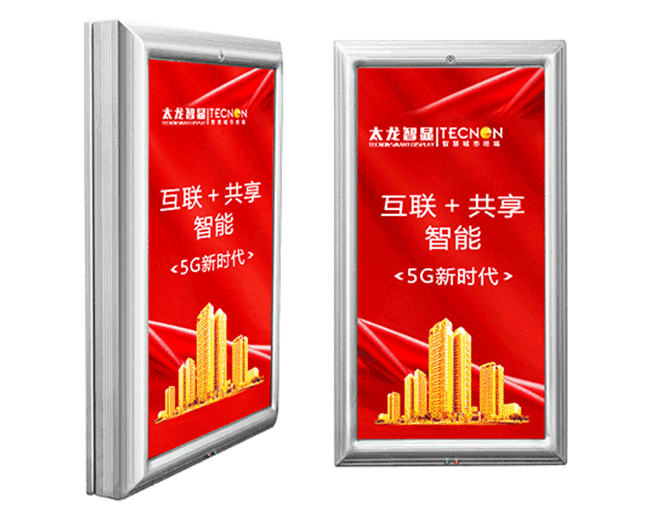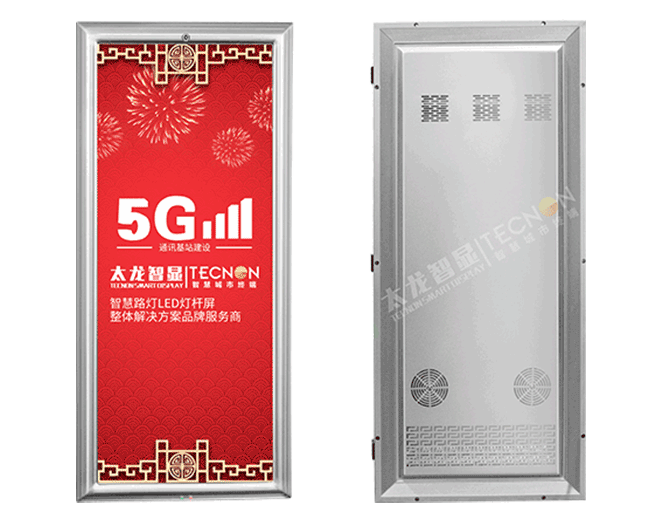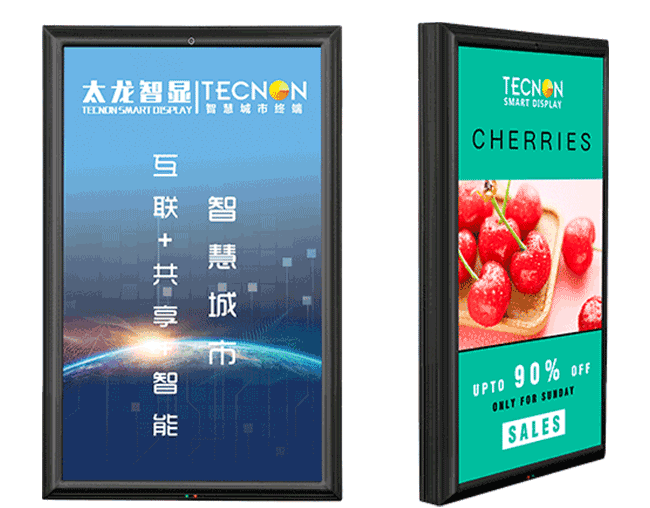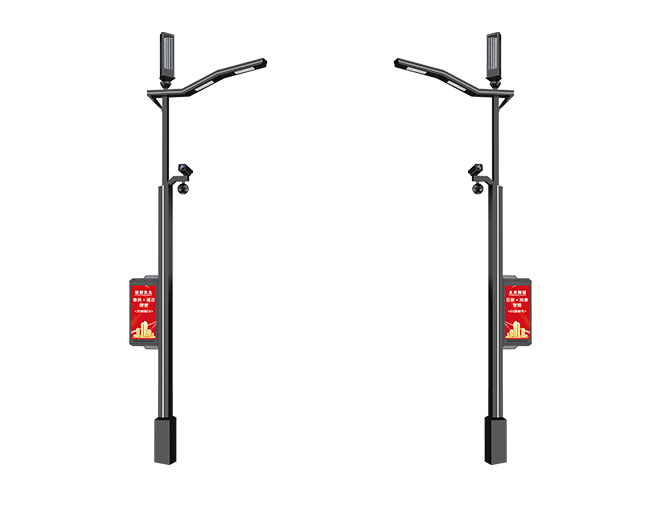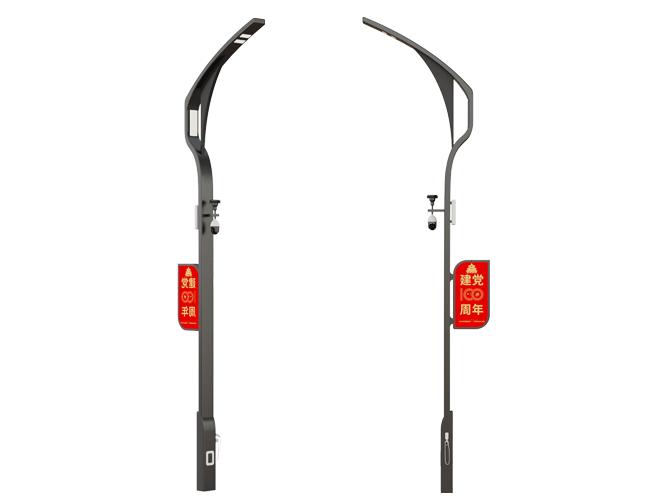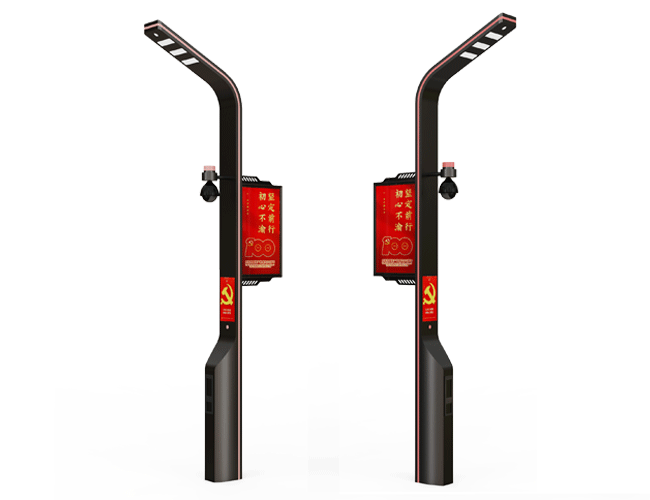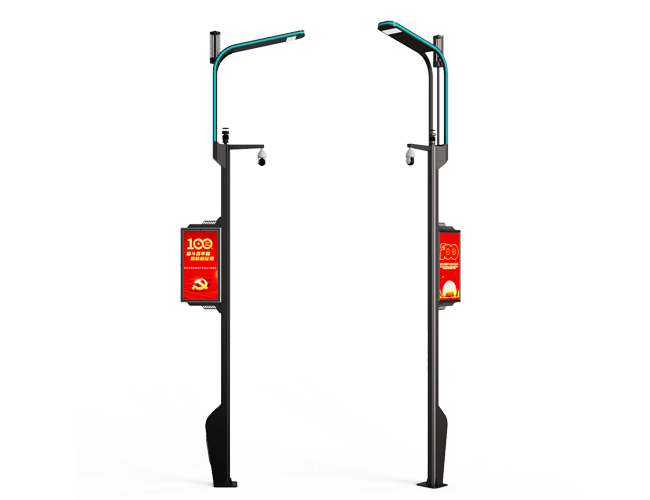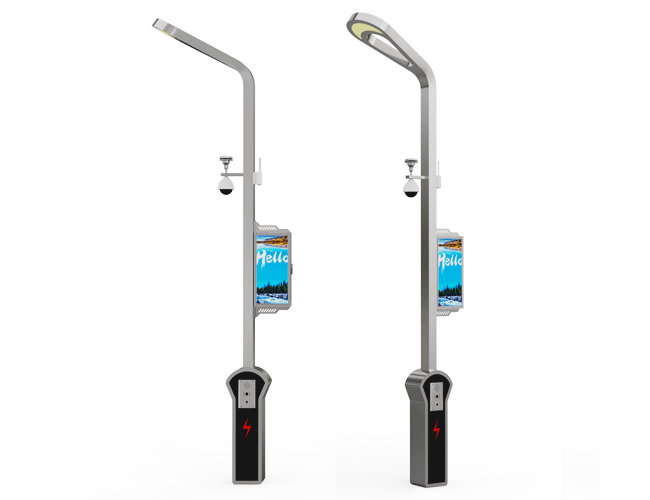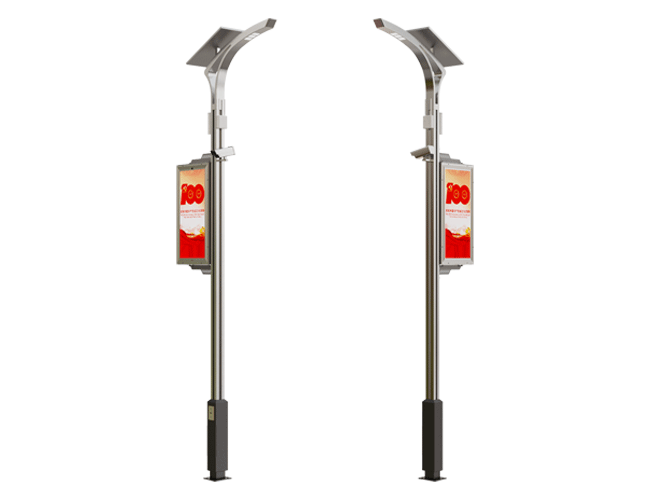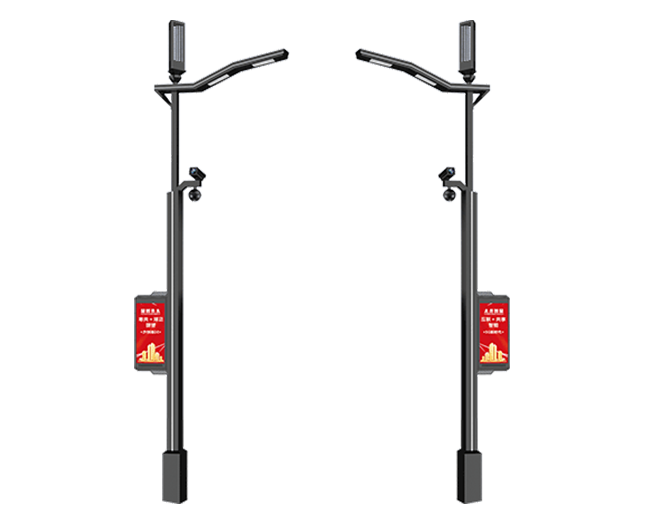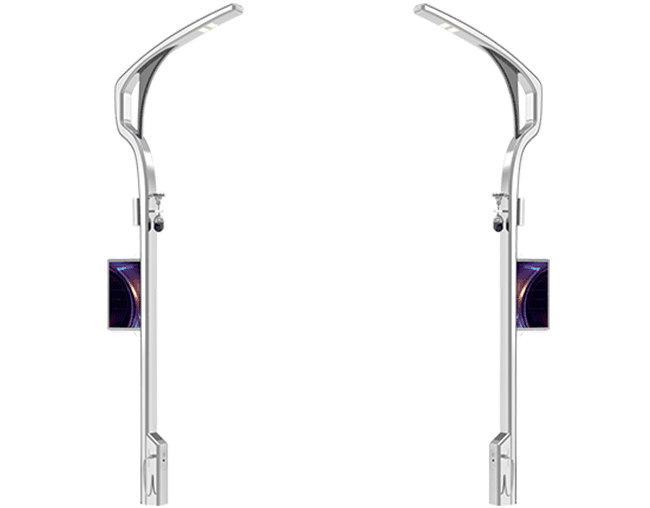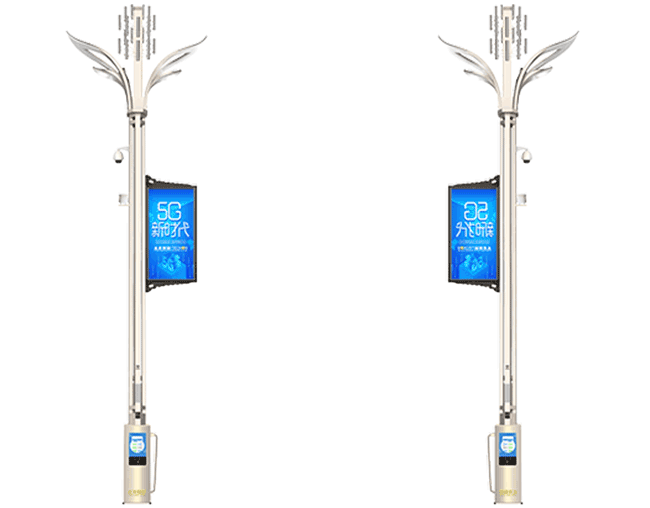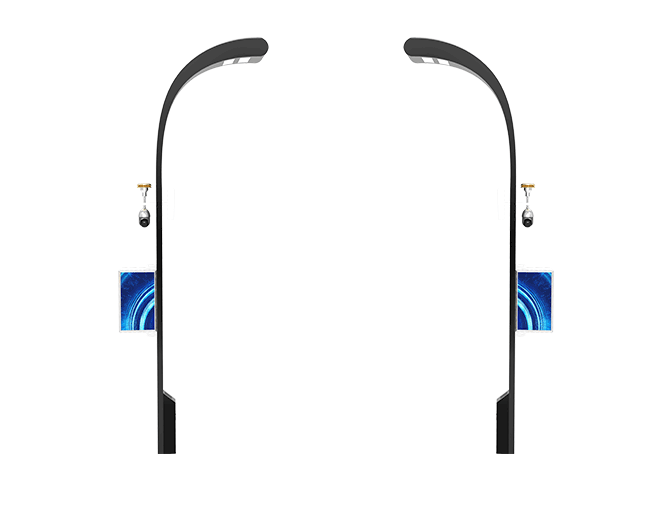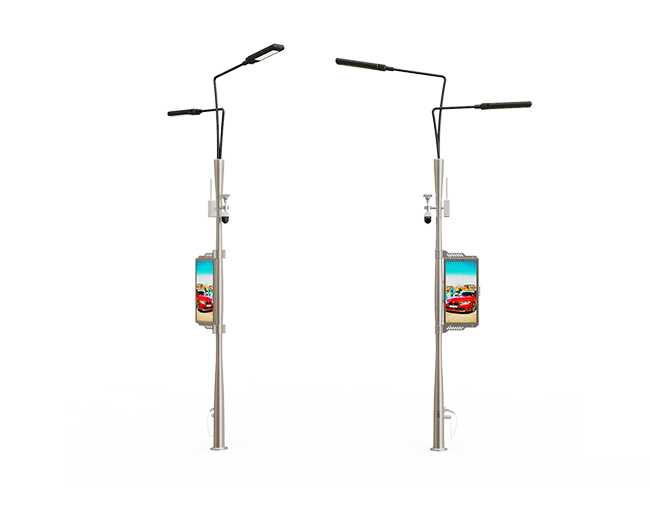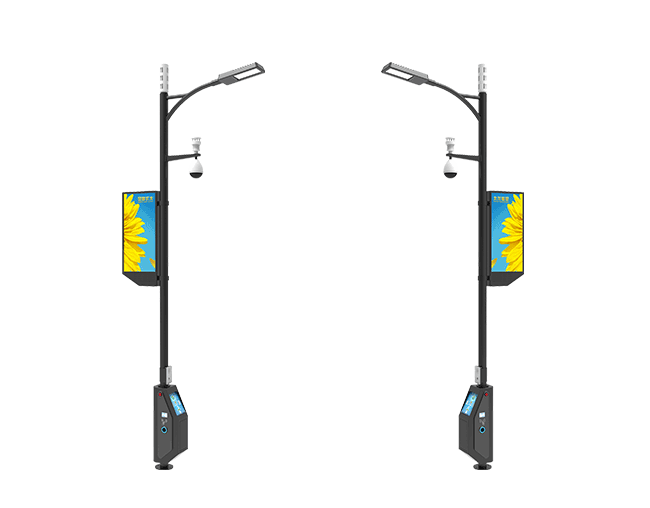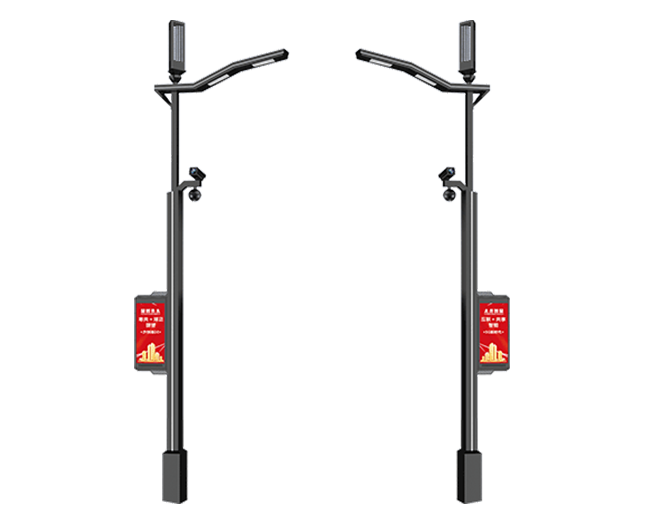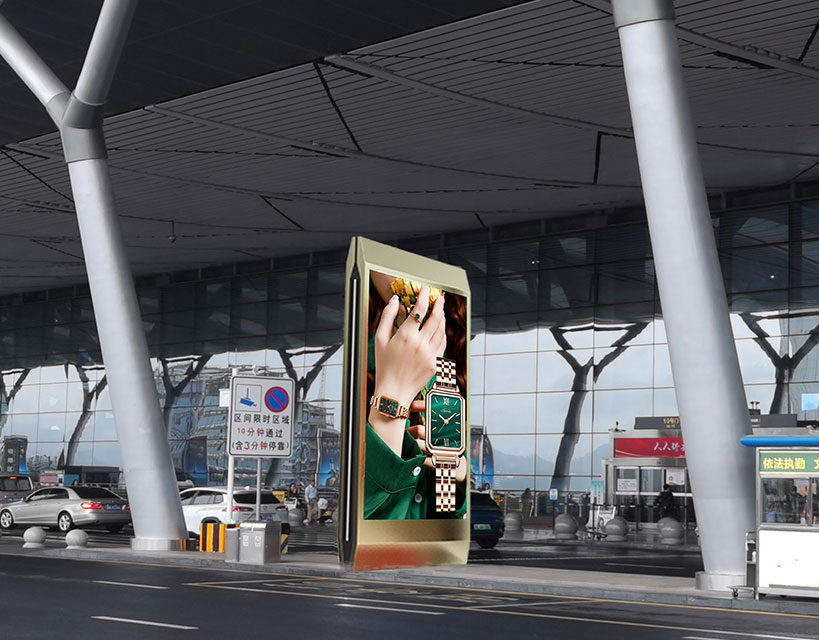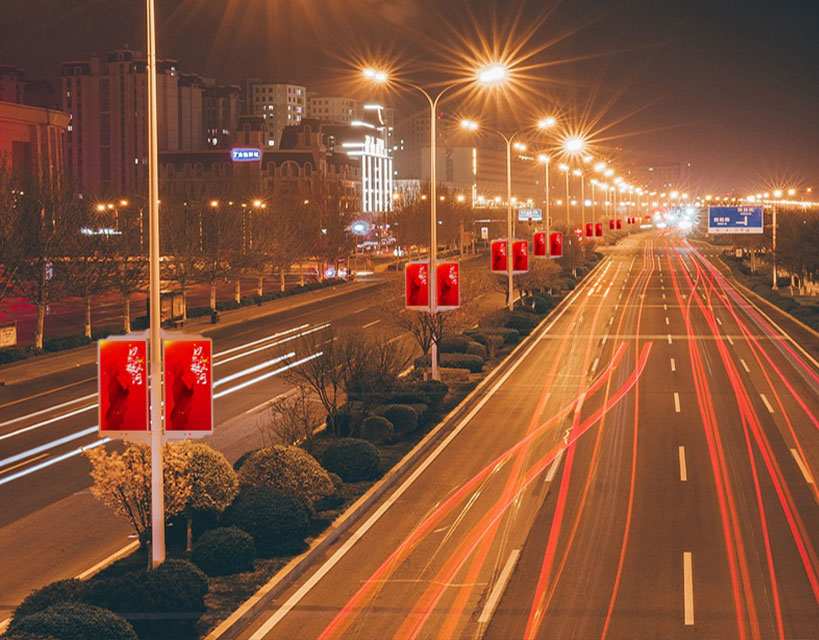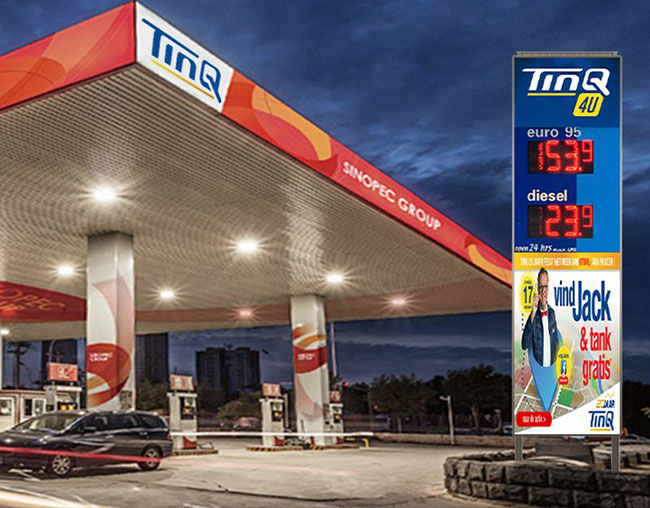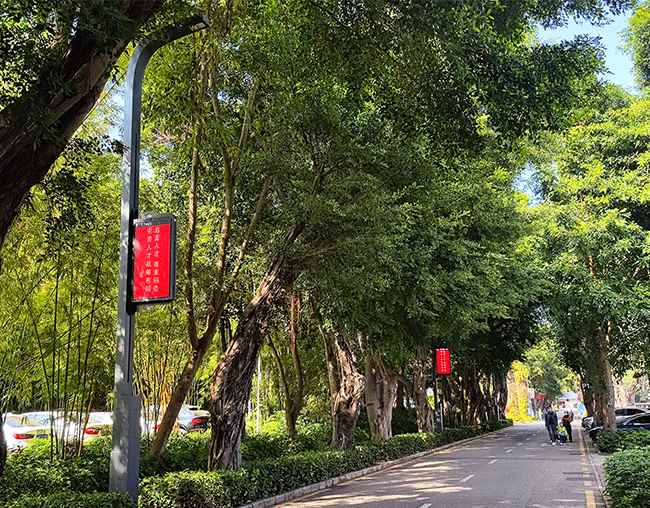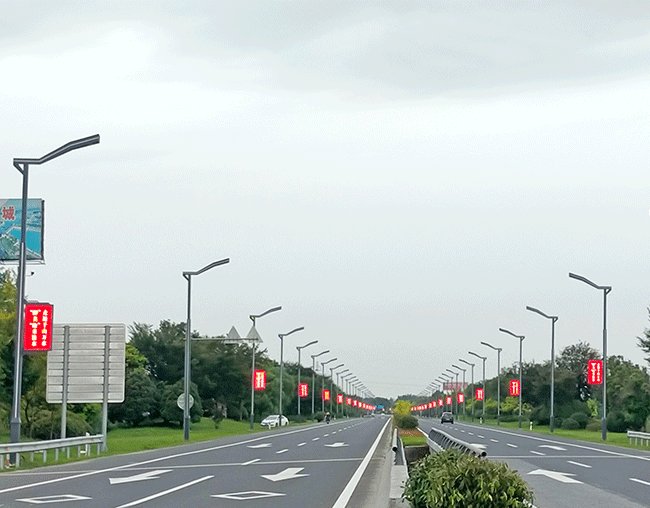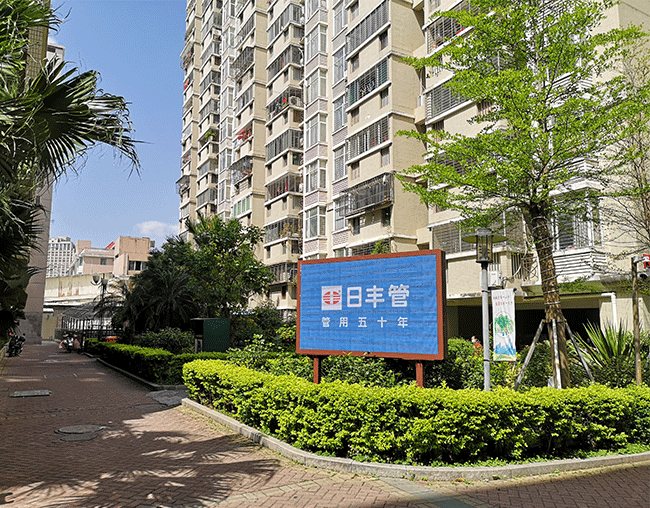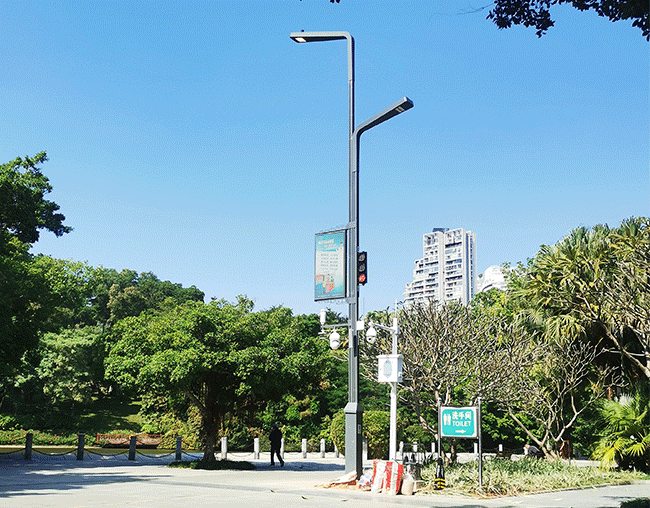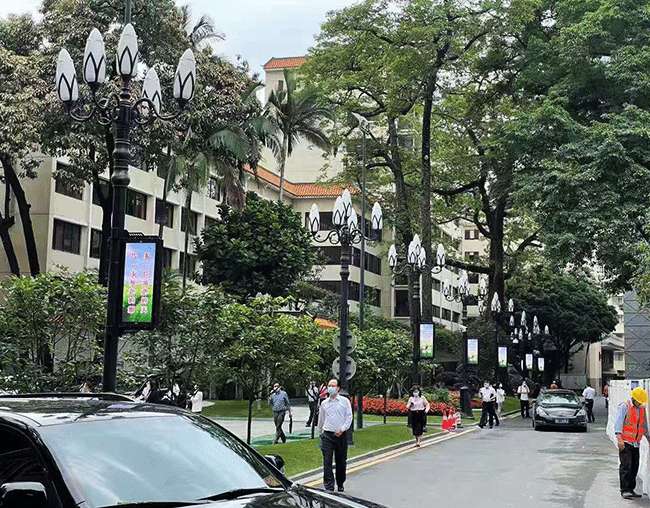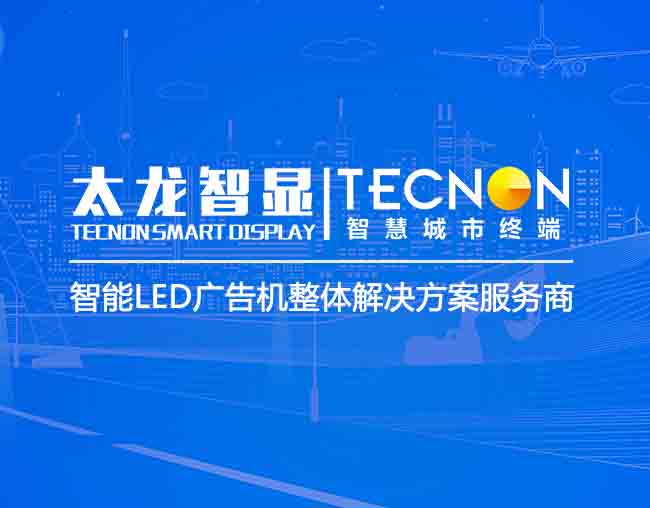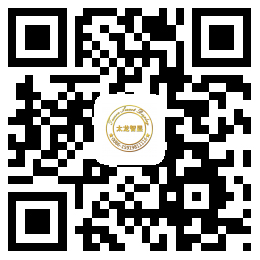The United States took theThe LED light pole screen industry under the global trade changes: challenges and solutions
The United States' frequent tariff increase trade policy has caused shocks in the global industrial chain. As an important terminal display device in the fields of smart cities and outdoor advertising, is the LED light pole screen industry affected by this? Combined with the current market distribution and the characteristics of the industrial chain, the direct impact of the US tariff policy on the LED light pole screen industry is limited, but indirect risks and structural changes need to be vigilant in the long run. Although the current application scale of the North American market in this field is limited, this global game characterized by trade protectionism may still have a profound impact on the industry through supply chain reconstruction, technical standard barriers and other channels.
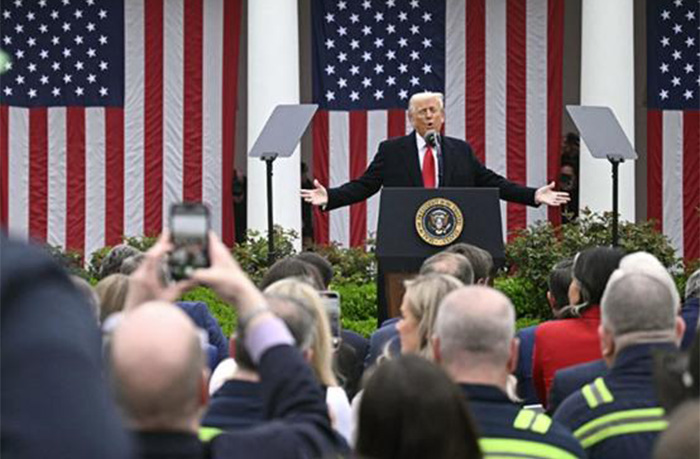
The main application scenarios of LED light pole screens are concentrated in domestic smart city construction, and overseas markets are mainly in Europe, Southeast Asia, the Middle East and other regions. The North American market is currently less used, and China's LED display products (including light pole screens) exported to North America account for only 11%-14%. Therefore, in the short term, the US tariffs have little impact on the direct demand of the LED light pole screen industry.
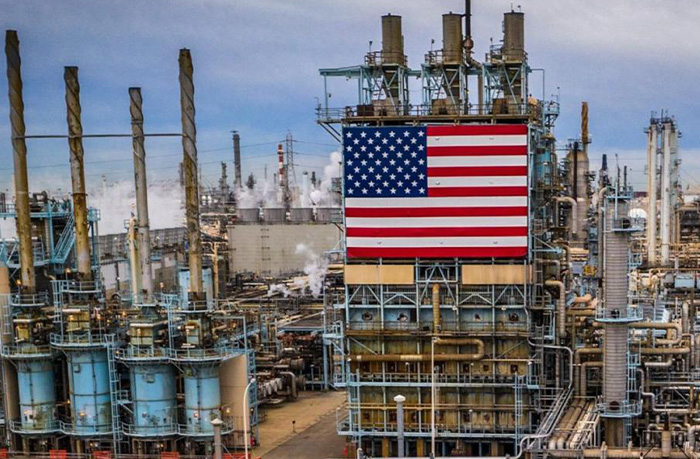
China occupies a dominant position in the global LED display industry chain, with more than 85% of production capacity concentrated in China. Faced with tariff pressure, companies are accelerating the development of the "Belt and Road" and emerging markets in Asia, Africa and Latin America to reduce dependence on a single market. The 27 EU countries plan to complete the transformation of 15 million smart street lights by 2030, with a replacement scale of 22 billion euros, providing Chinese companies with incremental space outside the tariff war. The NEOM smart city project in the Middle East specifies the use of Chinese standard equipment.
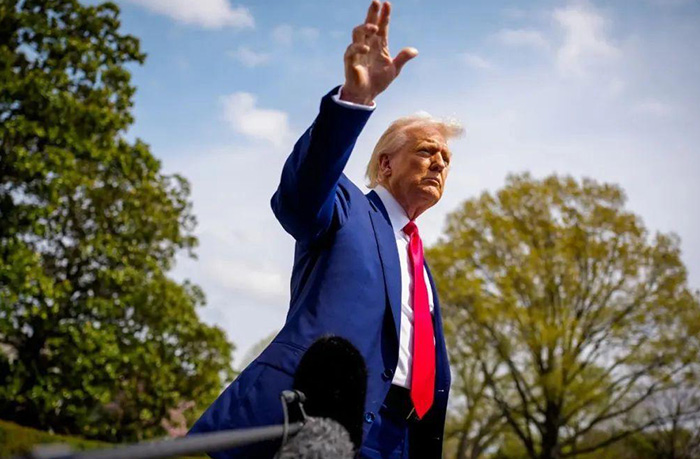
China continues to promote new urbanization and 5G infrastructure, and smart light pole projects are accelerating across the country. According to industry forecasts, the domestic smart light pole market size will exceed 100 billion yuan in 2025, and LED light pole screens will be in high demand as core components. This huge domestic demand market provides a stable growth foundation for the industry and effectively hedges the uncertainty of the external trade environment
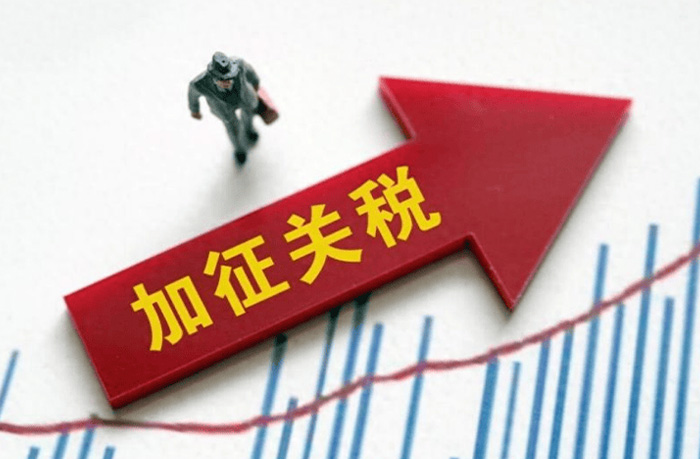
The tariff war is essentially a struggle for dominance in the global industrial chain. China's LED light pole screen industry needs to break through in three dimensions of "technology + standards + business model" to transform trade barriers into opportunities for upgrading. When companies can provide carbon neutral solutions for the streets of Lyon and customize traffic thermal analysis systems for Jakarta, simple tariff measures will be difficult to curb the global value output of China's smart manufacturing.
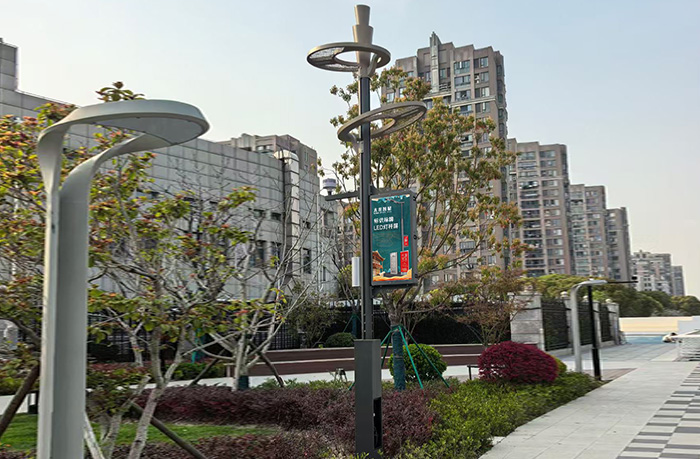
The direct impact of the US tariff policy on the LED light pole screen industry is relatively limited due to the low penetration rate of the North American market, but indirect challenges brought about by the reconstruction of the global supply chain and technological competition need to be paid attention to in the long term. For Chinese companies, consolidating technological advantages, deepening market diversification, and enhancing the flexibility of the industrial chain are the core strategies for dealing with trade barriers. With the continuous increase in domestic new infrastructure policies and the expansion of overseas emerging markets, the LED light pole screen industry still has strong growth resilience.





